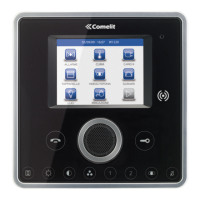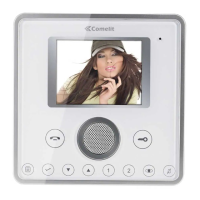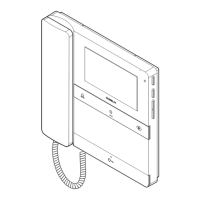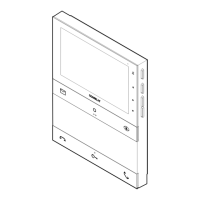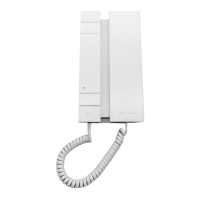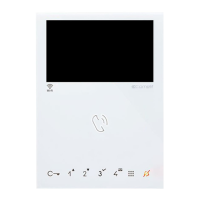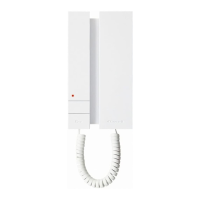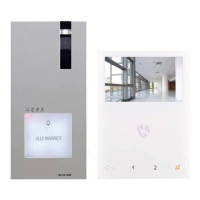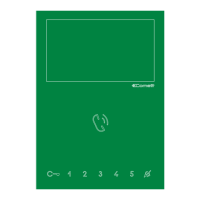What to do if my Comelit PAC GDX shows 'Not connected'?
- CCynthia MolinaAug 6, 2025
If your Comelit Intercom System displays a 'Not connected' message, it means that while a handset was called from a door, the Line Card couldn't find a corresponding handset. Inspect the connection between the door and the Line Card to resolve this.


